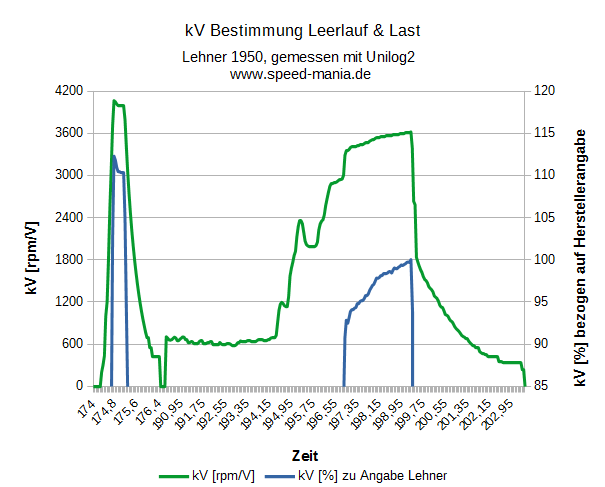Hi,
I am just trying to find out what the maximum operation voltage for this motor would be.
Does Neu give us kV values under load like Lehner or do they use no load values like all the chinese brands do?
The Neu homepage says that the 1527 are safe up to 60.000rpm but is this the same for the competition version?
I don't find any specific information on the competition version.
They have slightly different kV values which indicates different magnets but this is just my guess.
The rest is the usual math. I want to reach a certain operation speed under load (which means 3,5-3,6V/cell) and the motor should be safe in case the boat flips @ 4V/cell with a aproximately 10-15% higher kV as you see under load.
Best Regards, Eike




 Reply With Quote
Reply With Quote







Bookmarks